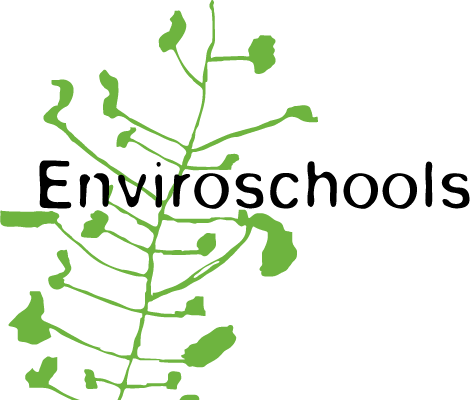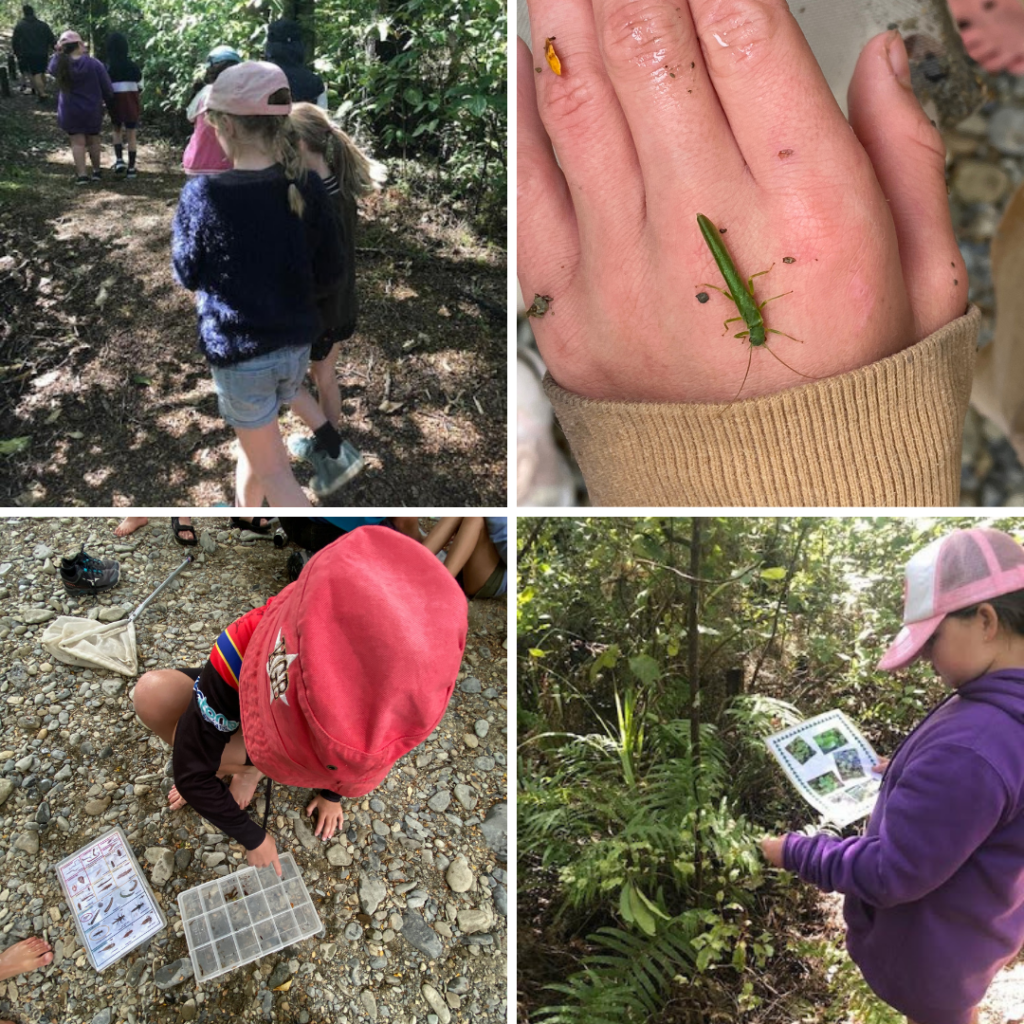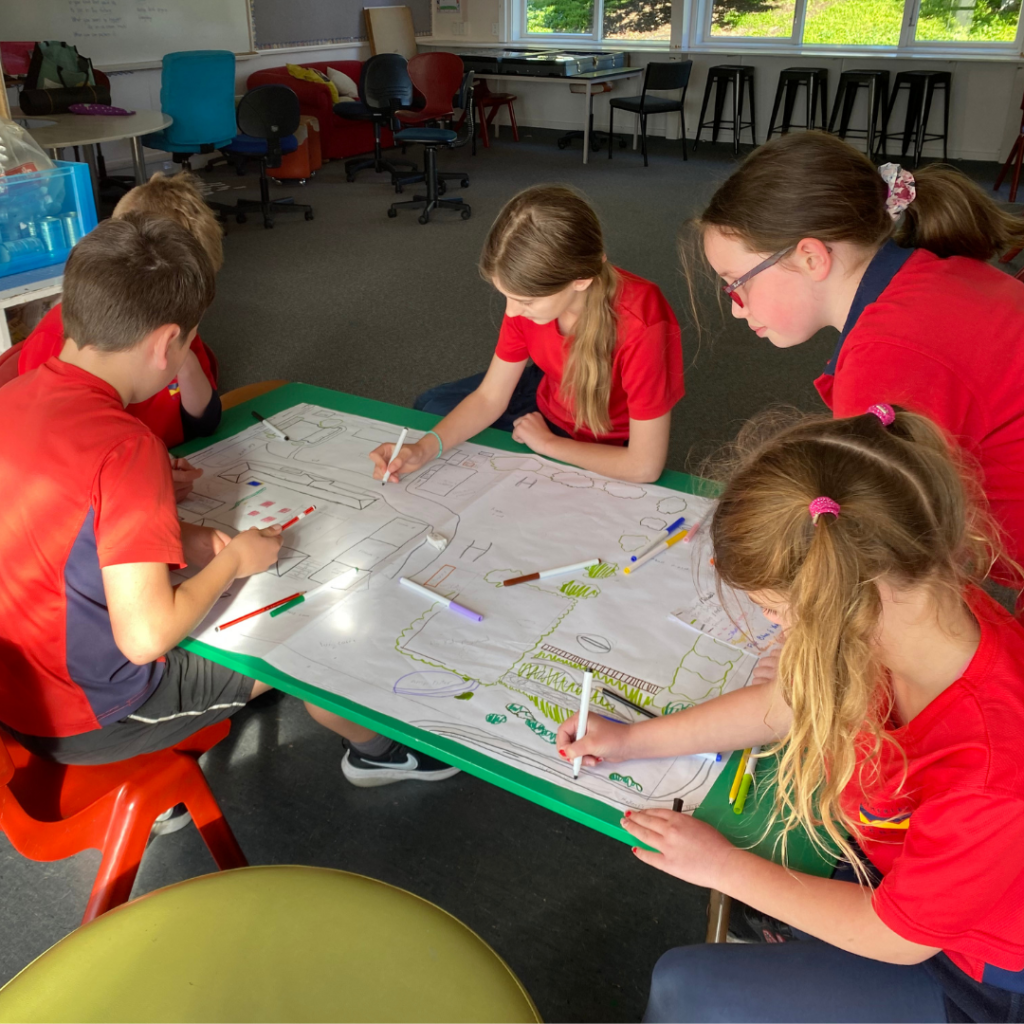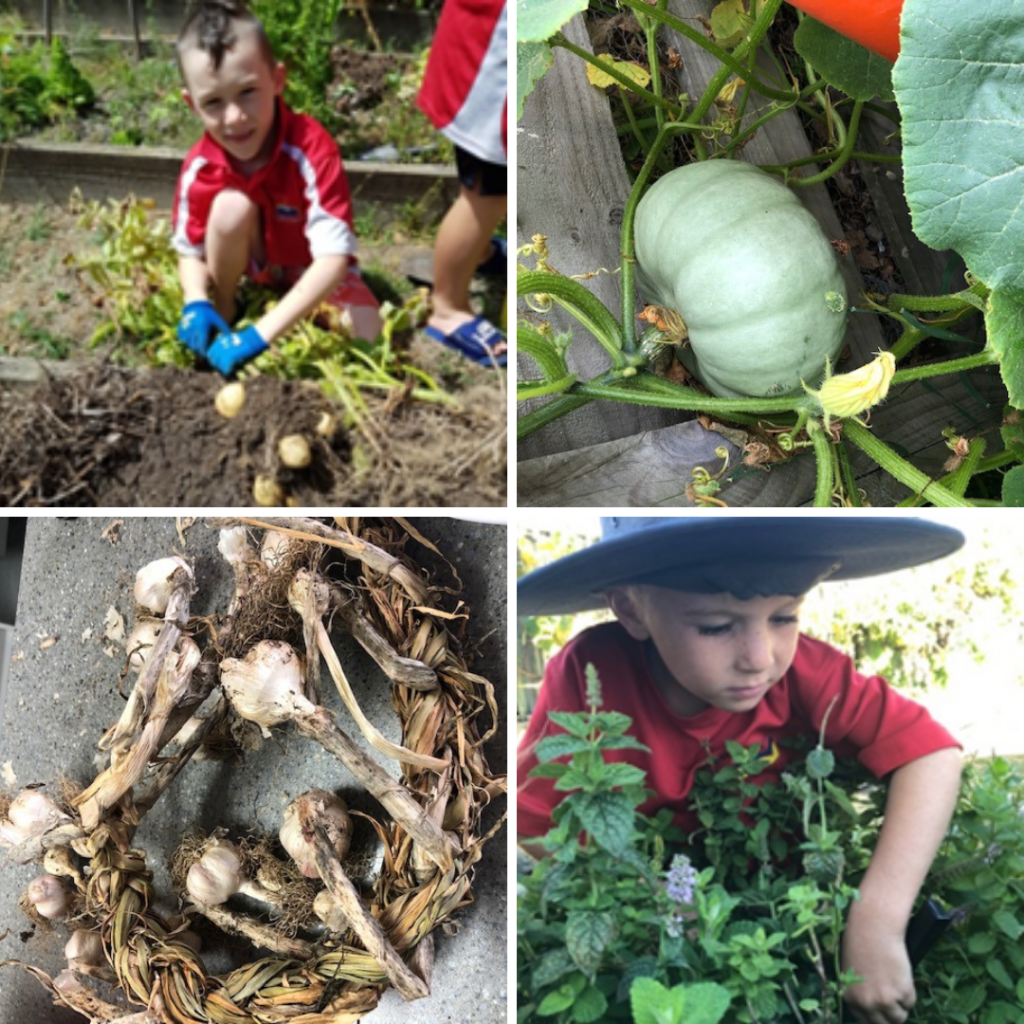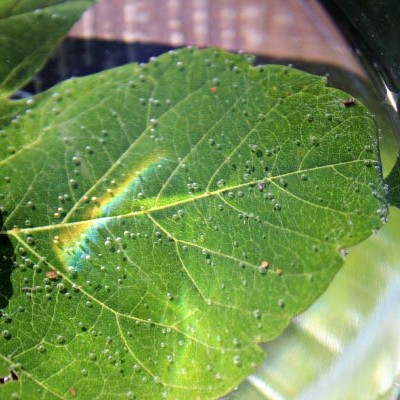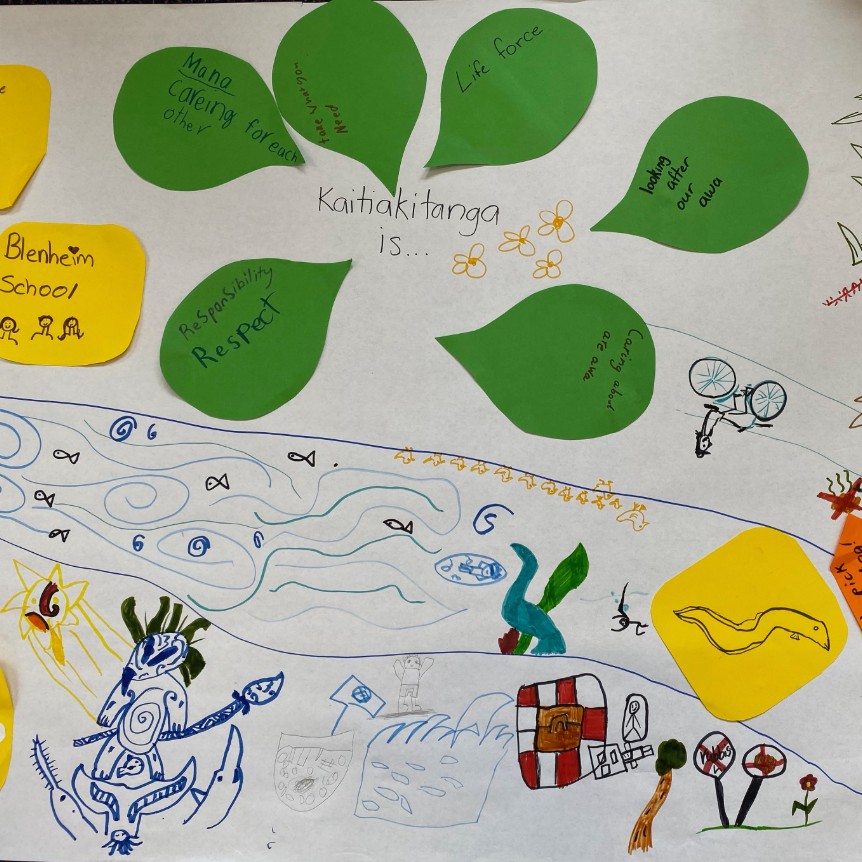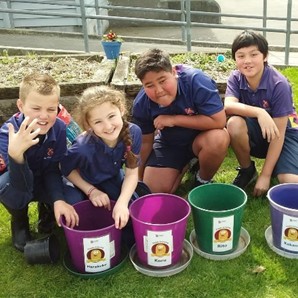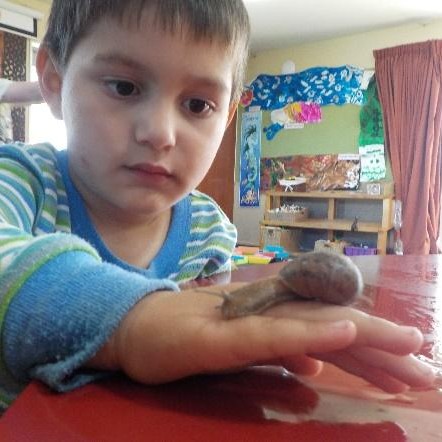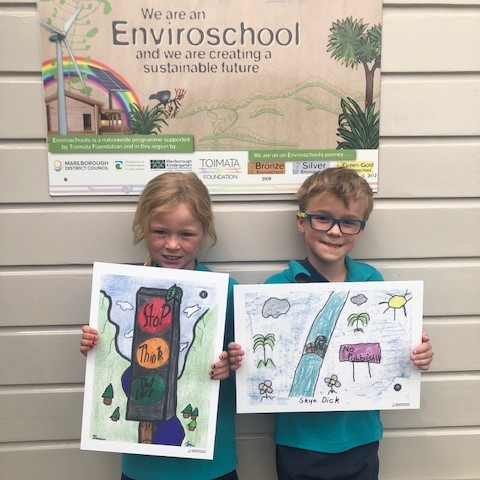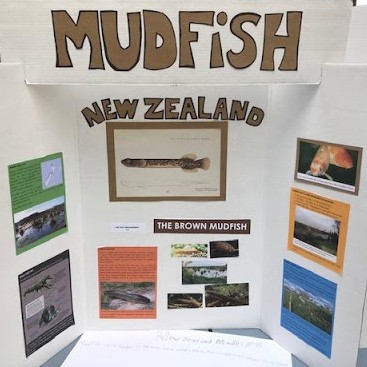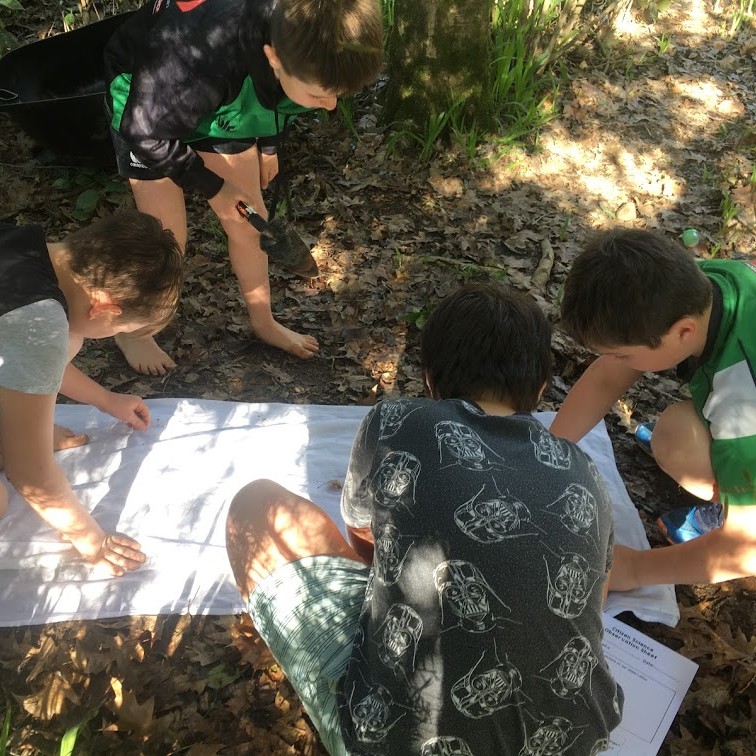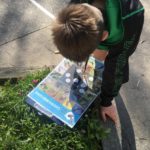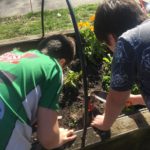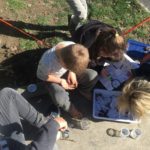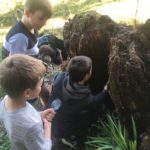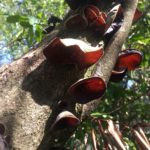Enviroschools on camp at Pine Valley
Term 4 is traditionally a great term for getting out-of-doors and into the bush or stream, especially if you are on camp! At Mill Flat in Pine Valley, Anna and Angela have been working as a team so that students are able to study the diversity of life in the river and in the bush surrounding it as part of their camp activities. Mill Flat is the perfect location to explore our wonderful diversity of native insects, animals, freshwater life and plants. Adult (winged) Stenoperla Stenoperla (aquatic) nymph One of the insect species living in Pine Valley Stream is the endemic large green stonefly ‘Stenoperla’. Its presence in the awa...
Read More